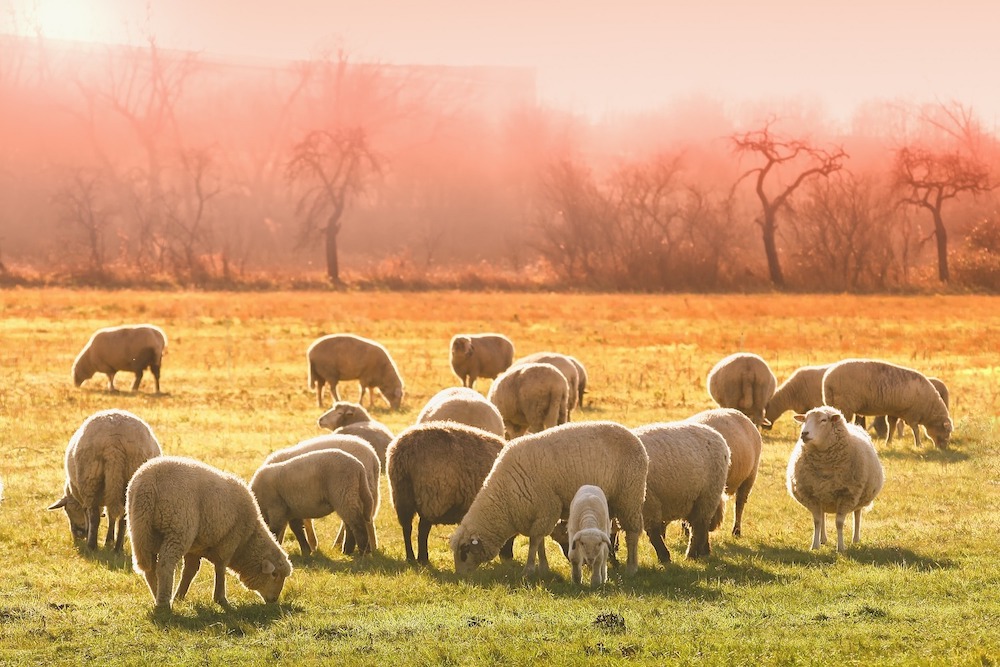Whole of UK at ‘high’ or ‘severe’ risk of fly strike
21st July 2020
The latest blowfly risk alert from Nadis and Elanco shows that the whole of the UK is now at risk of either ‘high’ or ‘severe’ risk of fly strike.
The latest blowfly risk alert from Nadis and Elanco shows that the whole of the UK is now at risk of either ‘high’ or ‘severe’ risk of fly strike.
Bristol University’s Professor Richard Wall comments: “A large and growing blowfly population and warm wet summer weather create the perfect recipe for high fly risk, particularly for lambs.
“Early in the year most strikes occur around the back end of sheep – but as the season progresses the risk of body strike grows – so care is needed to look out for the early signs and treat it quickly.”
Nadis advises carefully checking flocks at least once a day throughout the blowfly season to look for early signs, such as irritation, nibbling at tail head, increased tail swishing, rubbing, and further signs of discomfort in lame animals.
Often it will be necessary to handle animals and part of the fleece to appreciate the extent of disease.
Signs of severe strike are indicated by discoloured or damp fleece, fleece loss, separation from flock, sick animals and death due to septicaemia from secondary bacterial infection and the release of toxins.
All cases must be treated promptly in order for the animal to survive and recover quickly – the entire area should be clipped and an effective product applied to kill the maggots. Nadis says insect growth regulators will not kill maggots and farmers should seek advice on appropriate treatments from a vet or SQP.
Injecting non-steroidal pain relief and spray, or injecting antibiotics to cover secondary bacterial infection should be discussed with a vet.
Prevention measures include applying a preventative product in advance of the main risk period for flies, minimising dirty backends through dagging, crutching and timely shearing. Lame sheep should be treated promptly as flies are attracted to wounds caused by footrot. Worm burdens should also be controlled.
Reducing the fly population early in the year, using fly traps, prompt disposal of livestock and grazing more exposed pastures, has the greatest impact on fly challenge during grazing season, Nadis says.
The Nadis/Elanco blowfly risk alert helps farmers and prescribers stay up to date and aware of the challenge through the season. You can report blowfly cases on the tracker: https://farmanimalhealth.co.uk/blowfly-tracker

